Chapter 3: Forces and Pressure
Forces and Turning Effects
Moment of a force
==The turning effect of a force is called a== ==moment.== ==It is calculated with the formula:==

==Moments are described as== ==clockwise== ==an== ==anticlockwise, depending on the direction.==
The moment of force is also called torque.
The principle of moments
- ==An object is in equilibrium if:==
- the sum of the clockwise moments about any point is equal to the sum of the anticlockwise moments about that point.
Conditions for equilibrium
- ==The sum of the forces in one direction must equal the sum of the forces in the opposite direction.==
- %%The principle of moments must apply.%%
Centre of mass
- Centre of mass is a position defined relative to an object or system of objects.
{{Finding centre of mass{{
Suspend the object and a plumb line from the same point
Trace the thread of the plumb line with a pencil
Repeat using different points
The centre of mass is where all the lines cross
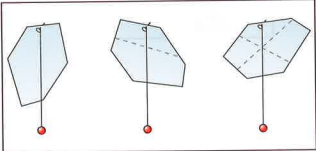
Stability
Three types of equilibrium:
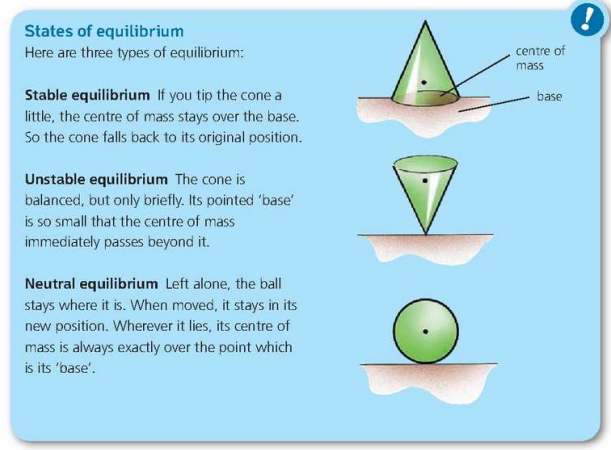
Stretching and Compressing
Stretching a Spring
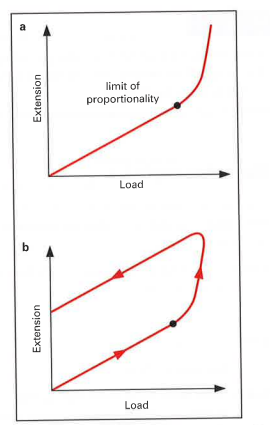
- Graph a - is an extension-load graph for a spring. Beyond the limit of proportionality, the graph is no longer a straight line, and the spring is permanently deformed.
- Graph b - shows what happens when the load is removed. The extension does not return to zero, showing that the spring is now longer than at the start of the experiment.
Hooke’s Law
- ==States that the extension of a spring is proportional to the load applied to it, provided the limit of proportionality is not exceeded.==
- Equation:
- F=kx
- In this equation,
- F is the load (force) stretching the spring,
- k is the spring constant of the spring, (a measure of its stiffness) and;
- x is the extension of the spring.
Pressure
==It is the concentration of a force.==
==If a force is spread over a large area it will result in a small pressure.==
If it is spread over a small area it will result in a large pressure.
Formula:

Units:

What is 1 Pascal?
If a force of 1N acts on an area of 1m^2, than the pressure exerted is said to be 1 Pascal.
Relationship between Pressure and Area:
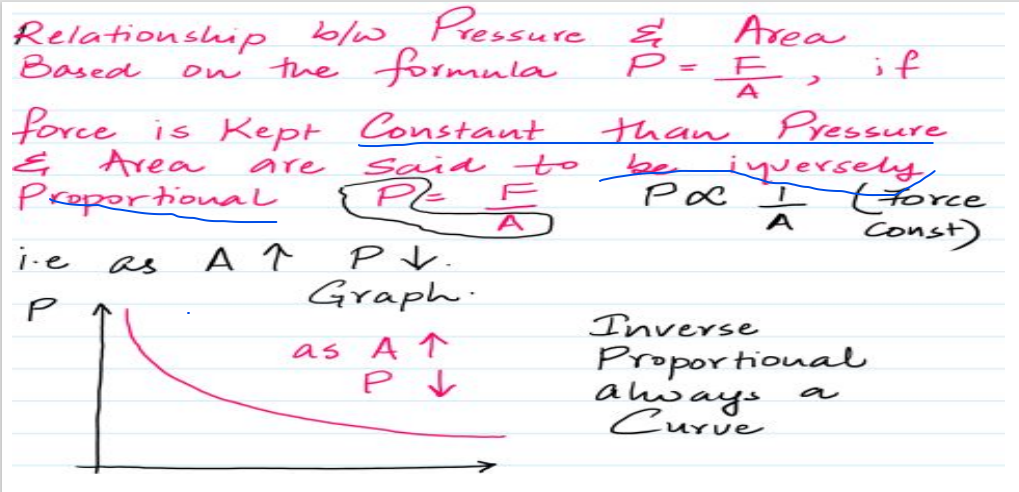
Pressure in Liquids:
- ==The following properties apply to any stationery liquid in an open container:==
- pressure acts in all directions,
- pressure increases with depth,
- pressure depends on the density of the liquid,
- pressure doesn’t depend on the shape of the container.
Calculating Pressure in liquids:

Hydraulic Systems
{{Why is liquid used in hydraulic system?{{
- Liquids are virtually incompressible - they cannot be squashed,
- If a trapped liquid is put under pressure, the pressure is transmitted to all parts of the liquid.
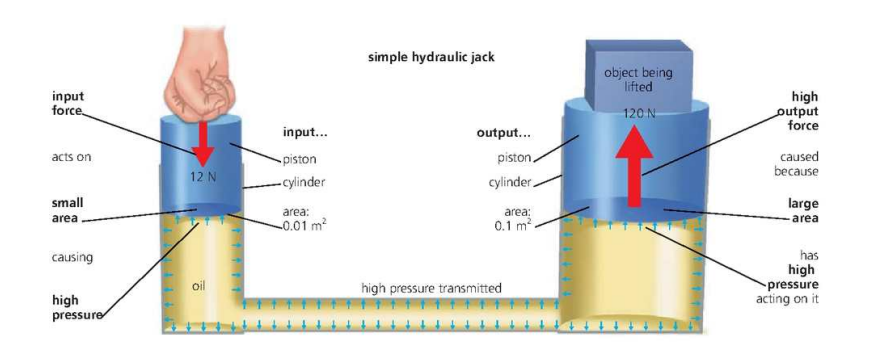
Where is it used?
- Common use in pedal brakes of car.
- Car lifts and jacks
Pressure in Air
Has similar properties as of liquid.
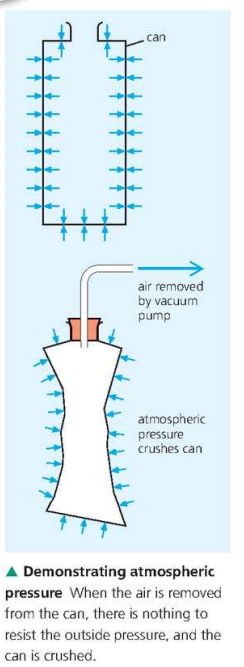
Where do we use air pressure commonly?
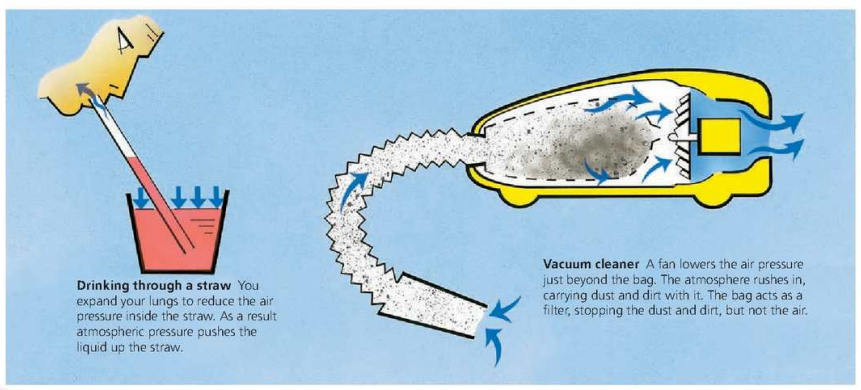
How to measure atmospheric pressure?
- We use a barometer.
How do we measure pressure difference?
- We use a manometer.
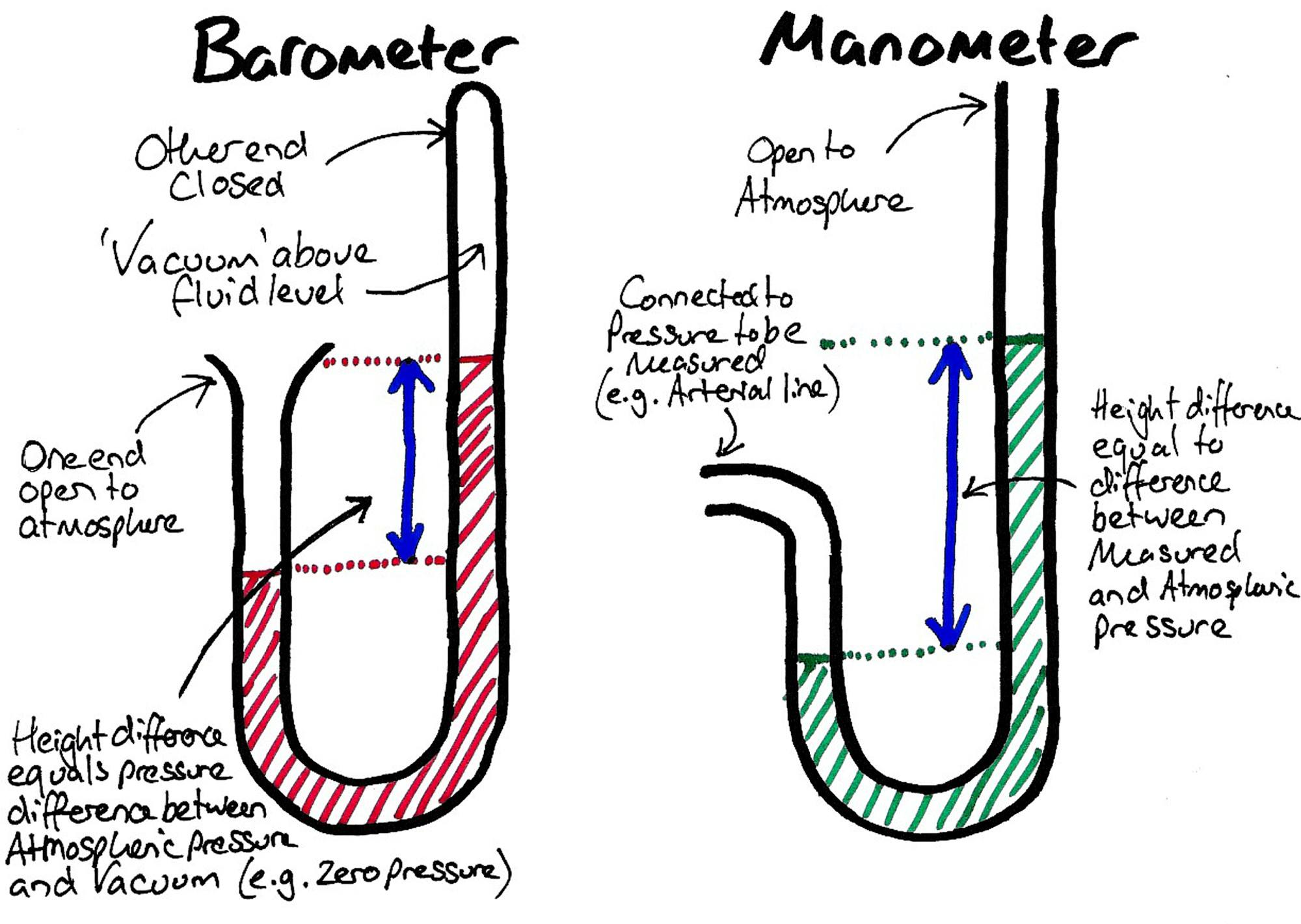
Boyle’s Law
==Shows how pressure of a gas is related to its volume.==
==Pressure of the gas is inversely proportional to its volume provided provided that the temperature is constant.==
- i.e.

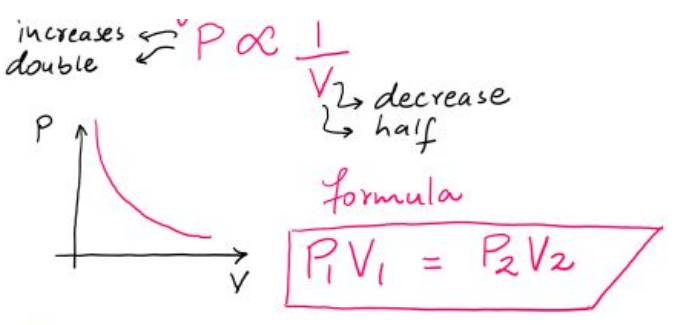
- i.e.
{{Why is this so?{{
- As volume decreases, the gas volume comes close together. As a result they get a chance a to collide more frequently with the walls of container thereby exerting a greater pressure force per unit area, hence pressure increases.